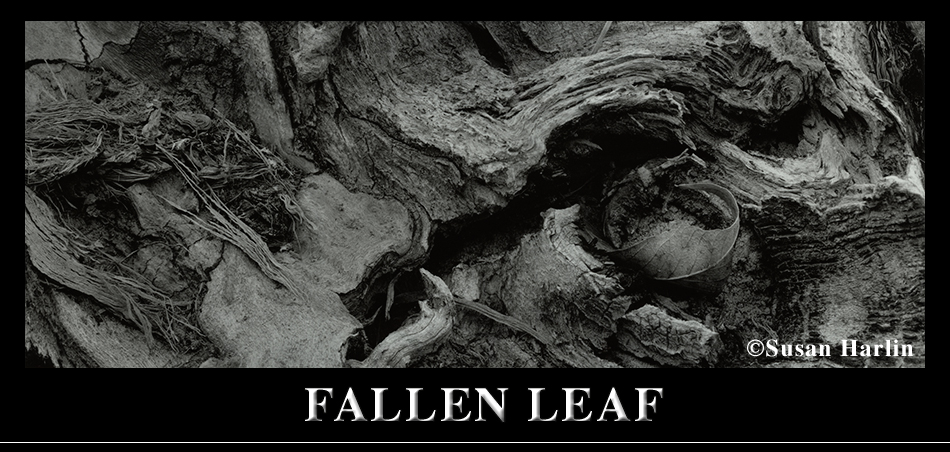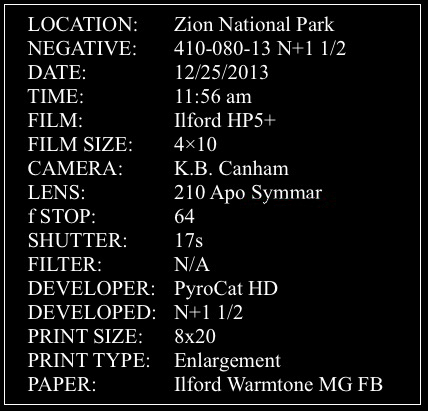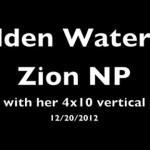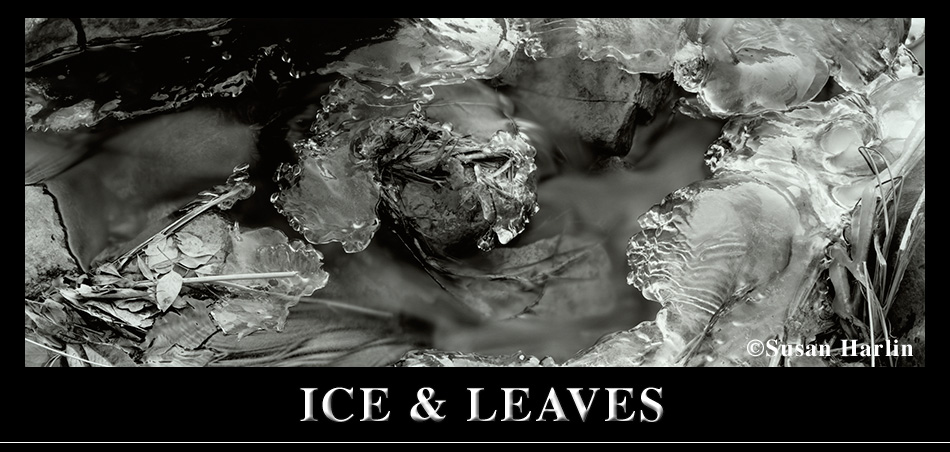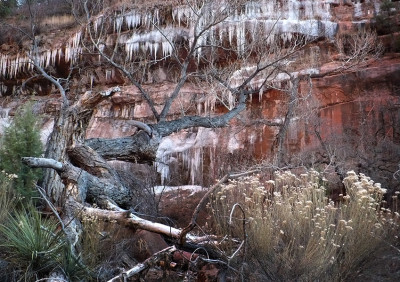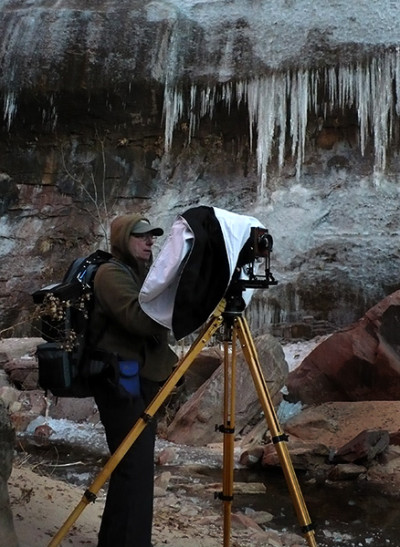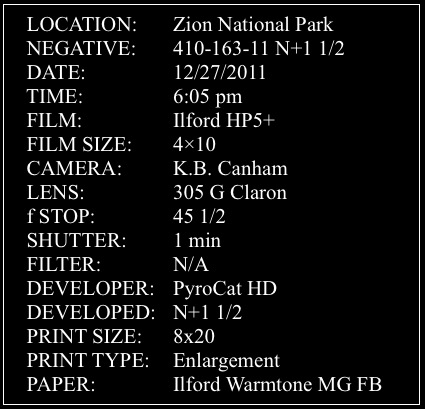Generally, this is the time of the year when I start hearing the question. . . “Where are you and JB headed this year?” I’ll answer Southern Utah and maybe an extra stop along the way. Their response typically is “Weren’t you there last year?” Yes, but there is something about returning to an area that is familiar. It doesn’t have to mean that you’ll return with the same photographs that you shot the previous year. No moment in time can be re-created; no matter how hard you try. As we drive through an area, inevitably t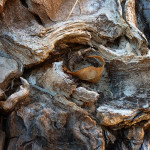 here will be, “That’s why I made that image” or “Do you remember the photograph with the tree?”
here will be, “That’s why I made that image” or “Do you remember the photograph with the tree?”
As you mature, both as a photographer and a person, you look at things differently. The way you framed a shot may be entirely different now than it was before. I’ve photographed this same tree multiple trips but no two images have looked the same.
Typically one th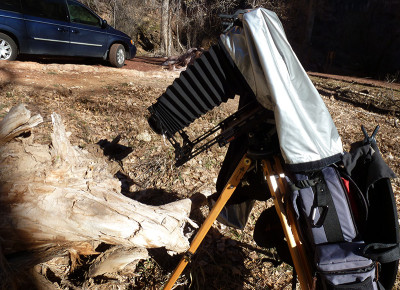 inks of large vistas when they see a large camera but intimate details are also a great subject to photograph. This past year, I made an effort to focus in on various details. It could be a pattern found on a tree, a rock or water flowing over rocks.
inks of large vistas when they see a large camera but intimate details are also a great subject to photograph. This past year, I made an effort to focus in on various details. It could be a pattern found on a tree, a rock or water flowing over rocks.
We’ve photographed a lot in this area of Zion. It is one of the more popular spots to hike. Each year there are more fallen trees and branches. These trees are left where they fall to return to the soil. I had been looking around for close detail shots when I noticed a curled leaf at the base of this fallen tree. It was 11:56 am and the light was fairly harsh.
I was photographing with my 4×10 and knew that depth of field would be an issue with this photograph. To frame the image the way I wanted it to appear on my ground glass, I would need a fairly wide lens and the bellows racked out. The lens that I chose was my Schneider 210 Apo Symmar. By the time I got the image in focus, the bellows was extended 18 ½ inches. Since the 210mm was an 8 ¼ inch lens, this meant that I would 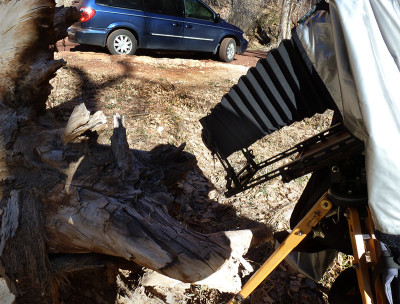 be calculating bellows extension into my shot. The next issue was the harsh light and axis lighting. The sun was casting a shadow on part of the area that I wanted to photograph.
be calculating bellows extension into my shot. The next issue was the harsh light and axis lighting. The sun was casting a shadow on part of the area that I wanted to photograph.
I carry a 22” reflector in my backpack for situations just like this. By using the black side of the reflector, I was able to shade the entire subject area that I was photographing. This smoothed out the lighting. The meter read 15 seconds but after I factored in the bellows extension, the exposure was adjusted to f64 @ 17 seconds.
By isolating this small area, unwanted distractions are removed from the final image. I prefer to utilize every inch of the ground glass area and that is where I crop my image. I haven’t photographed a lot of close-up details before this trip but made an effort to look for opportunities just like this.
 inks of large vistas when they see a large camera but intimate details are also a great subject to photograph. This past year, I made an effort to focus in on various details. It could be a pattern found on a tree, a rock or water flowing over rocks.
inks of large vistas when they see a large camera but intimate details are also a great subject to photograph. This past year, I made an effort to focus in on various details. It could be a pattern found on a tree, a rock or water flowing over rocks.  be calculating bellows extension into my shot. The next issue was the harsh light and axis lighting. The sun was casting a shadow on part of the area that I wanted to photograph.
be calculating bellows extension into my shot. The next issue was the harsh light and axis lighting. The sun was casting a shadow on part of the area that I wanted to photograph. Susan

